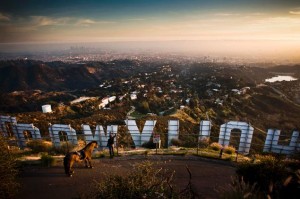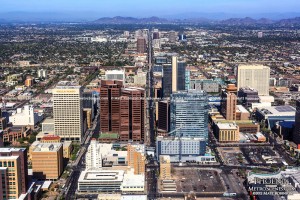 Los Angeles Population 2013
Los Angeles Population 2013
The current population of Los Angeles is estimated to be about 3.858 million people, which is an increase of about 0.99% from the last record of population. Historically, the population of Los Angeles has been less than the population of New York City, but greater than the population of Chicago. Based on the total land area and the total population of the city, the population density of Los Angeles is approximately 8,225 people per square mile.
Demographics of Los Angeles
The most recent report survey of the ethnicity of the people in the city of Los Angeles found that the largest ethnic group in the city is the Hispanic ethnicity, which makes up about 58% of the population. The next largest ethnic group is those that identify as white, which makes up about 29% of the population. The Asian population, which is one of the fastest growing ethnic groups, makes up about 11% of the population. Those that identify as Black make up about 10% of the population. The language of the citizens of the city of Los Angeles is broken up quite extensively. Only 40% of the population solely speaks English. About 44% of the population can speak Spanish. Also, about 8% of the population speaks some Asian or Pacific Island language.
Religion in Los Angeles
The largest religious group in the city of Los Angeles is the Roman Catholic Church, which makes up about 37% of the population. The Jewish population in the city is much larger than the national average as it makes up about 1.1% of the population. Those that belong to some form of an Eastern religion also make up about 1.1% of the population, which is about double the national average.
Culture in Los Angeles
One of the best ways to experience Los Angeles is by visiting its incredible cultural attractions. Los Angeles has more museums and theaters than any U.S. city, and a thriving music and gallery scene. An Los Angeles Philharmonic performance at Walt Disney Concert Hall is a must-see, as well as an outdoor concert at the Hollywood Bowl and shows at other famous music venues. For millions of visitors, Hollywood is an essential part of the Los Angeles experience. Things to do in Hollywood include must-see shows and attractions, celebrity-frequented restaurants, and world class hotels. Los Angeles’s world class museums include the stunning Getty Center in Brentwood and the Los Angeles County Museum of Art on Museum Row. Monthly art-walks take place throughout the city, including popular events in Downtown Los Angeles and Venice Beach. And of course, when it comes to film and television, Los Angeles is the entertainment capital of the world.
Sports in Los Angeles
Los Angeles hosts a number of world-famous sports teams, including professional organizations like the Dodgers and the Lakers, as well as college teams such as the UCLA Bruins and the USC Trojans. The city proper has won 21 championships as of 2013. The metropolitan area, which includes the Anaheim Ducks and the Los Angeles Angels of Anaheim, increases the championship total to 23 as of 2013.
Population, Economy, & Conflict in Los Angeles
Historical Population of Los Angeles
Historically over the last couple of decades, the population of Los Angeles has experienced both population growth and population decline. The 21st century has not showed a steady population growth so far as it increases and decreases sporadically.
| Year | Population (millions) |
| 1990 | 3.49 |
| 1991 | 3.505 |
| 1992 | 3.544 |
| 1993 | 3.556 |
| 1994 | 3.543 |
| 1995 | 3.534 |
| 1996 | 3.542 |
| 1997 | 3.565 |
| 1998 | 3.598 |
| 1999 | 3.634 |
| 2000 | 3.704 |
| 2001 | 3.738 |
| 2002 | 3.769 |
| 2003 | 3.788 |
| 2004 | 3.796 |
| 2005 | 3.795 |
| 2006 | 3.778 |
| 2007 | 3.779 |
| 2008 | 2.802 |
| 2009 | 3.832 |
| 2010 | 3.796 |
| 2011 | 3.82 |
Population Projections of Los Angeles
The population of the county of Los Angeles is expected to continue to rise over the course of the next 37 years. Even though the total white and black populations are projected to rise, the Hispanic population is expected to quickly take over as the majority demographic of the city. The Asian population is also expected to continue to increase over the next few decades. However, the population of Los Angeles city has not been estimated for the next few decades. The only projections are for the entire Los Angeles County.
| Year | Population (millions) | Percent Increase |
| 2020 | 10.441 | N/A |
| 2030 | 10.950 | 4.9% |
| 2040 | 11.243 | 2.7% |
| 2050 | 11.435 | 1.7% |
| 2060 | 11.563 | 1.1% |



 Phoenix Population 2013
Phoenix Population 2013 Vancouver Population 2013
Vancouver Population 2013